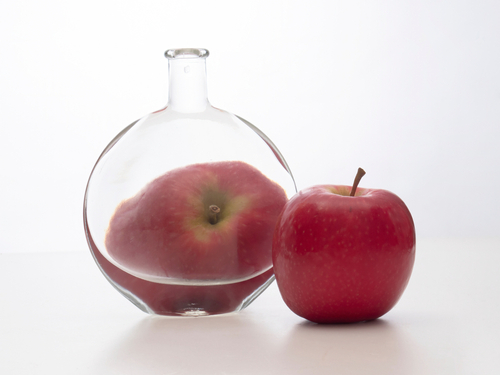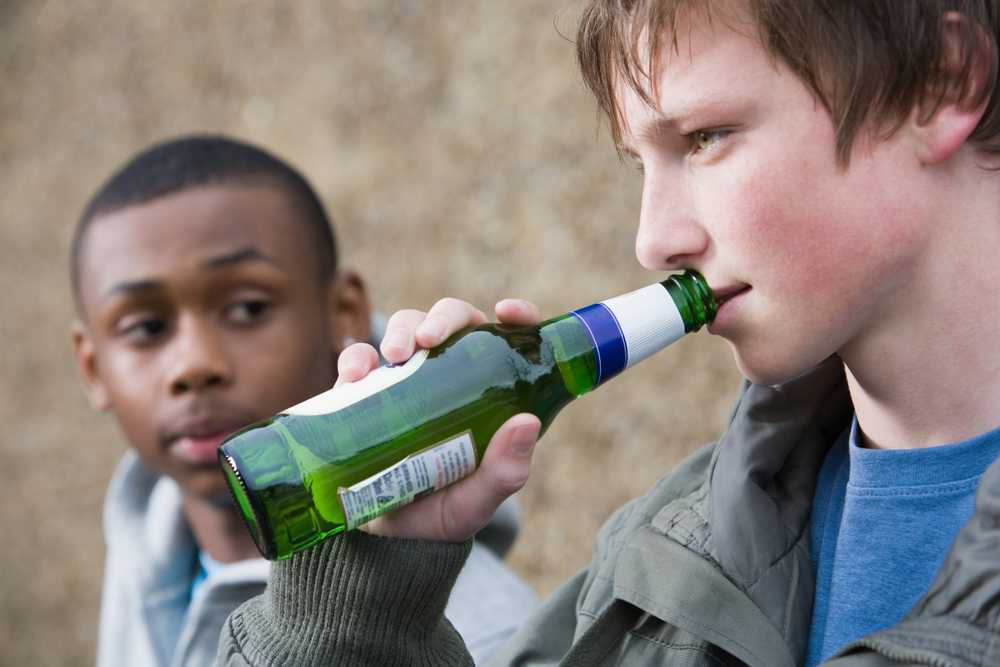“Most people are still completely identified with the incessant stream of mind, of compulsive thinking”
-Eckhart Tolle, A New Earth
Now that we’ve completed a series on negative thinking, it’s time to explore why your teen might be having negative thoughts and emotions and ways to help your teen reframe these thoughts.
While there are many ways to help your teen with negative thoughts and emotions, it’s important to remember that a troubled teen struggling with these thoughts and emotions can’t simply “get over” it. They will need help to navigate the different thoughts and emotions that they’re having.
Negative Thoughts & Emotions
Negative thoughts are thoughts or emotions that may be painful or uncomfortable to sit with.
Negative thoughts and feelings can range from ideas like:
- “I am broken.”
- “There’s something wrong with me.”
- “I will never be happy.”
- “Life is not worth living.”
- “Everything is pointless.”
These thoughts are hard to sit with because your teen might identify with them. They may think that just because they have a thought or feel an emotion, that is how things truly are. They may also feel like they have to do something about these thoughts and emotions, thereby leading to what Eckhart Tolle and other psychologists refer to as identifying or reacting to a thought or emotion.
Identifying “Negative” Thoughts and Why They’re Not Always “Negative”
So, a lot of times, when we think of negative thoughts and emotions, we think of thoughts like “I’m not good enough” or “Things will never change.” However, as research suggests, while these thoughts might be uncomfortable, they might not necessarily be negative in themselves.
For example, in the book, The Upside of Your Dark Side by Dr. Tood Kashdan and Dr. Robert Biswas-Diener, they write, “We believe–and new research supports–the idea that every emotion is useful. Even the ones that we think of as negative, including the painful ones.”
Here is a list of emotions and how they’re useful despite being painful or uncomfortable. This list of emotions is based on Dr. Kashdan and Dr. Bisawas-Diener’s research.
[su_table responsive=”yes”]
| Emotion | Popular Assumptions | Benefits |
|---|---|---|
| Anger |
|
|
| Embarrassment |
|
|
[/su_table]
As this chart shows, emotions such as anger and embarrassment are often assumed to be negative. The reality, though, is that they’re also useful.
Identification and Reactions: When Negative Thoughts & Emotions Become Harmful
So, when do emotions and thoughts become negative? When your teen identifies with them and reacts to them. For example, just because they feel like life is pointless doesn’t mean that they need to self-harm.
But as you might know from experience because these thoughts and emotions are difficult and painful to sit with, your teen may:
- Think these thoughts are true. That’s why negative thoughts are often intrusive: they are constant reminders to your teen of their inadequacy, faults, and the “meaninglessness” of life. These thoughts are also intrusive because they may be thoughts at any time, even in the middle of a significant positive life event like a birthday or during a vacation.
- Engage in unhealthy behaviors like self-harm or even suicide. Often times, because these thoughts and emotions are painful, your teen might try to alleviate the pain through actions like cutting themselves, binge-drinking, smoking, and even suicide.
2 Ways To Help Your Teen Navigate Negative Inner-Chatter
Keeping these points in mind, here are two ways that you can help your teen with negative inner-chatter. As always, don’t use this article as a substitute for the professional help that your troubled teen needs.
1. Help Your Teen Recognize The Fullness of Life Offered to Them By Tolerating Discomfort
As many researchers have found, experiencing the full range of emotions felt by humans leads to a rich and full life.
Dr. Kashdan and Dr. Biswas-Diener write:
“Simply put, people who are able to use the whole range of their natural psychological gifts–those folks who are comfortable with being positive and negative, and can therefore draw from the full range of human emotions–are the healthiest and often the most successful.”
That is, to be successful and happy, your teen will need to tolerate uncomfortable emotions like anger, embarrassment, disappointment, and grief. You can help your teen recognize this by talking to them about what their different emotions and thoughts might be indicating.
For example, if they think that “Life is meaningless,” you might talk to them about how thoughts of life being pointless may indicate a desire for change. This can then lead to conversations on what areas of their life that they would like to change.
2. Help Your Teen Engage in Grounding Activities and Mindfulness
Because negative thoughts are intrusive and can make your teen feel like they have no control over what they think and how they feel, grounding activities can help them shift back to the present moment. Grounding activities are often used in cognitive behavioral therapy (CBT) to help people manage intrusive thoughts.
Here are some beginners’ strategy for becoming more mindful and grounded:
- If your teen starts to feel overwhelmed by their thoughts and wants to self-harm, have them engage in grounding activities. For example, holding a piece of ice. This shift from something warm to cold (a sensory experience) can help them release the emotion that they’re feeling. That is, they still get the response that they’re looking for, but in a healthy way. Additionally, things like exercise and movement can also alleviate the desire to self-harm due to negative thoughts.
- Encourage them to have a mantra whenever they feel overwhelmed by their negative thoughts. For example, “I am stronger than my negative thoughts” or “I am enough.” Having a mantra that they repeat can help them focus on and be mindful of the present moment.
What To Do When Negative Thoughts Become Unbearable
If your troubled teen continues to struggle with negative thoughts and emotions, encourage them to see a therapist or to attend a therapeutic boarding school. A therapeutic boarding school may, in particular, be helpful as they learn both coping skills and are given a daily structure that will help them live in the present moment. They’ll also have support from peers with whom they can identify with and from professionals.











0 Comments